President Barack Obama has become the first sitting US president to visit Cuba since the 1959 revolution, which heralded decades of hostility between the two countries. Mr Obama said change would happen in Cuba and that Cuban President Raul Castro understood that. The two leaders met to talk about trade and held a joint news conference. Mr Castro denied that there are political prisoners in Cuba, telling journalists to “give him a list” and then they would be released “tonight”. He also defended Cuba’s record on human rights and pointed to problems in the US. “We defend human rights, in our view civil, political, economic, social and cultural rights are indivisible, interdependent and universal,” Mr Castro said. “Actually we find it inconceivable that a government does not defend and ensure the right to healthcare, education, social security, food provision and development.”
Mr Obama said the trade embargo would be fully lifted in Cuba, but he could not say exactly when. “The reason is what we did for 50 years did not serve our interests or the interests of the Cuban people,” he said. For decades, the US and Cuba were engaged in a bitter stand-off, triggered by the overthrow of US-backed Cuban dictator Fulgencio Batista by Communist leader Fidel Castro in 1959. The US broke off diplomatic relations and imposed a trade embargo.
But President Obama undertook two years of secret talks which led to the announcement in December 2014 that the two countries would restore diplomatic relations. Since then, there have been a series of symbolic moments, such as the first formal meeting of Presidents Obama and Castro at a regional summit in Panama and the opening of embassies in Havana and Washington DC. What have been the highlights of the visit so far? Presidents Obama and Castro shook hands at the Palace of the Revolution in Havana ahead of their bilateral meeting on Monday. They seemed visibly more relaxed than at their first official meeting at a regional summit in Panama just under a year ago and smiled broadly.
But while the US trade embargo has done much economic damage to the island, where even international ships were once forbidden from docking if they wanted future entry to American ports, Cuba was not hermetically sealed from the world like some Caribbean North Korea; it has been walled off primarily from the giant neighbour to the north.
Those who study the torturous history of diplomatic relations between the two countries argue the symbolic wall that will come down when Obama and Raúl Castro meet again on Monday is at least as much about changes in American politics as it is about the new Cuba. “There is a lot of talks that the purpose of opening up the relationship is to bring about change in Cuba, I don’t think that’s the case,” said Kevin Casas-Zamora, a director of the Inter-American Dialogue thinktank in Washington DC, and a former vice-president of Costa Rica.
Jorge Domínguez, a Cuban-born professor of international relations at Harvard University, agreed that an attempt to broker political reform inside Cuba would be flawed, even if it were Obama’s intention. “On the larger question, which every president since Kennedy has faced: how to foster democracy and human rights – quid pro quo has been a perfect failure,” Domínguez told the Guardian. “Whenever it has been framed in that way, the Cuban government shuts down.” Instead, US officials and commentators believe change is happening, but slowly and on Havana’s time. The Americans are hoping to encourage, not negotiate, further reform.
—Prashant Tewari, Editor-in-Chief







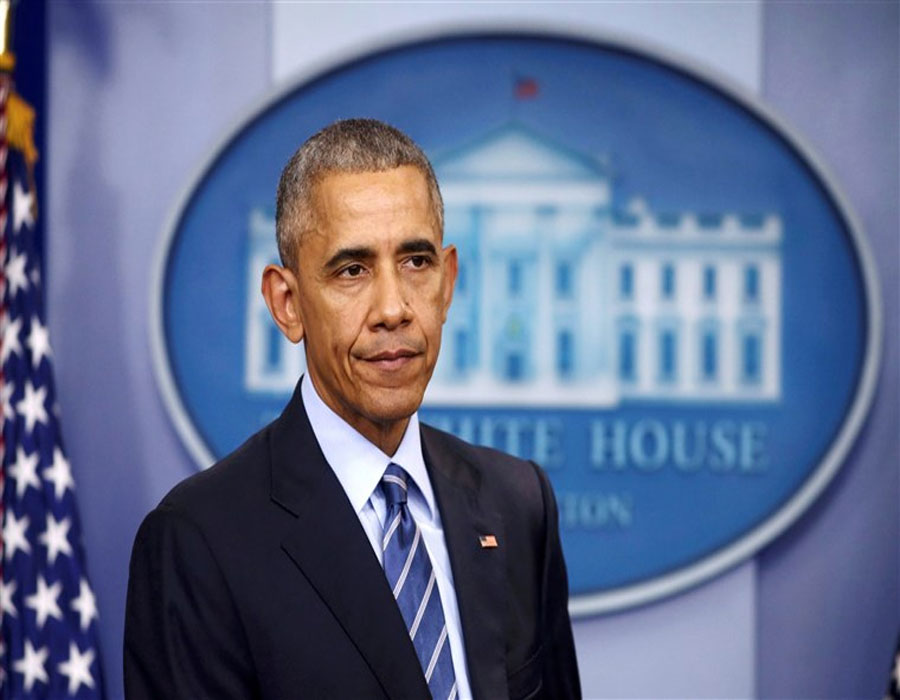
 OpinionExpress.In
OpinionExpress.In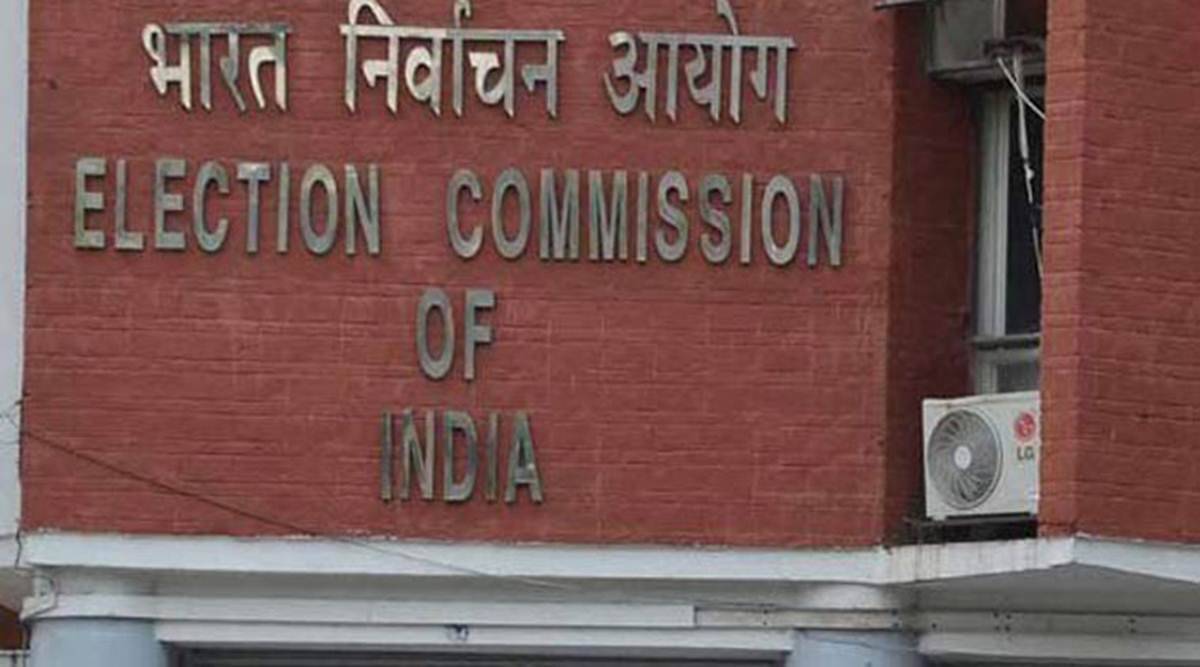
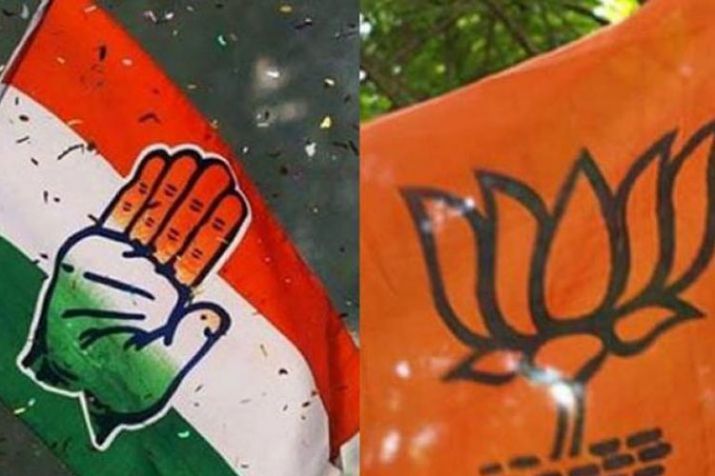

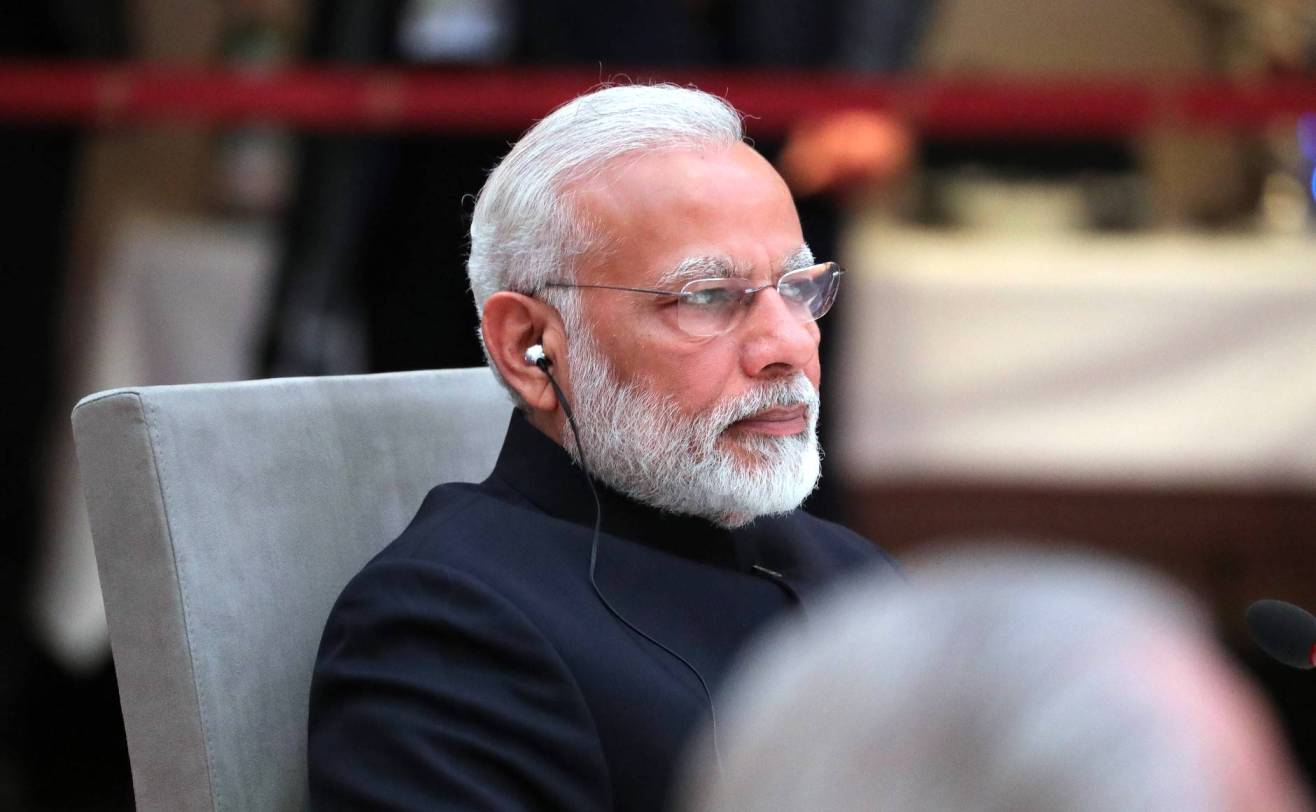
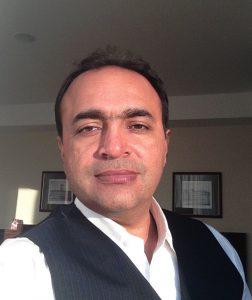
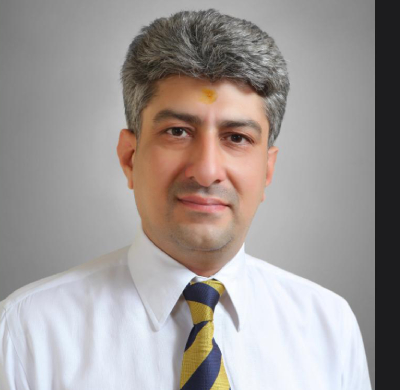
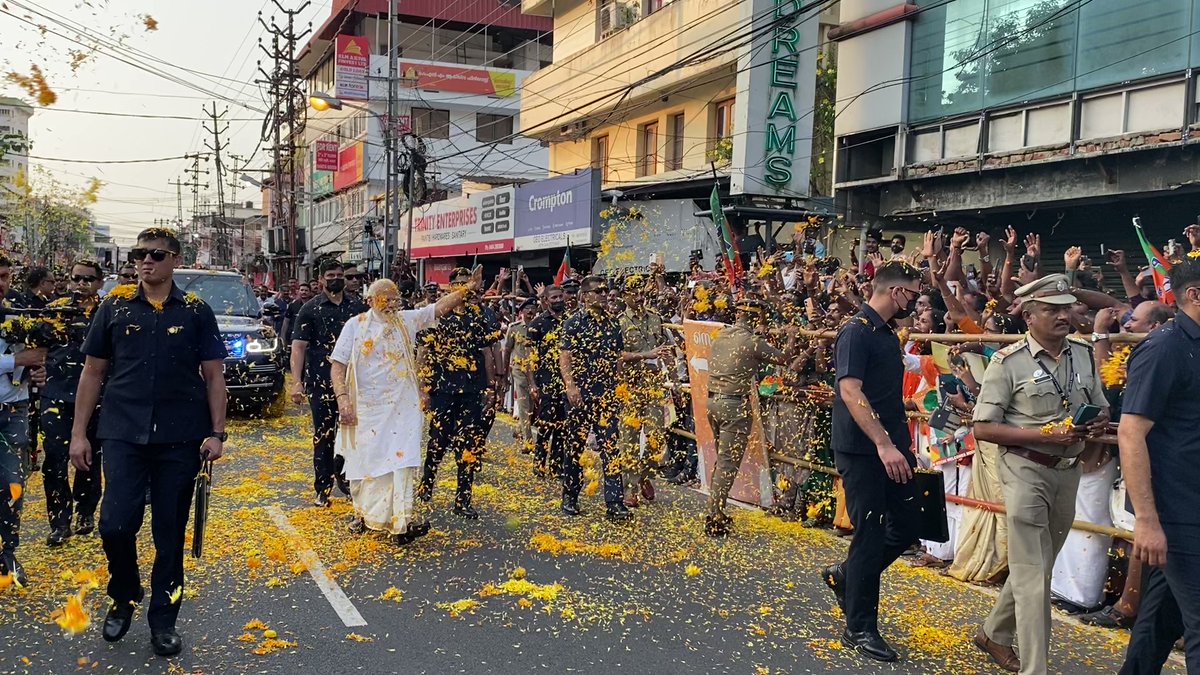
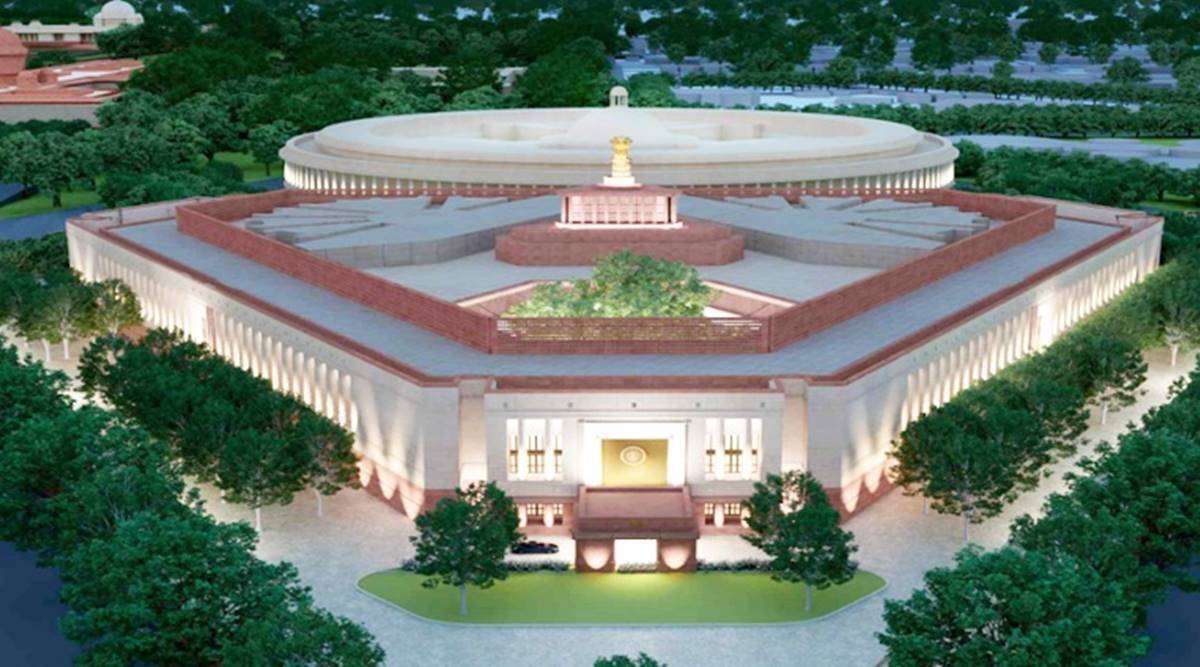

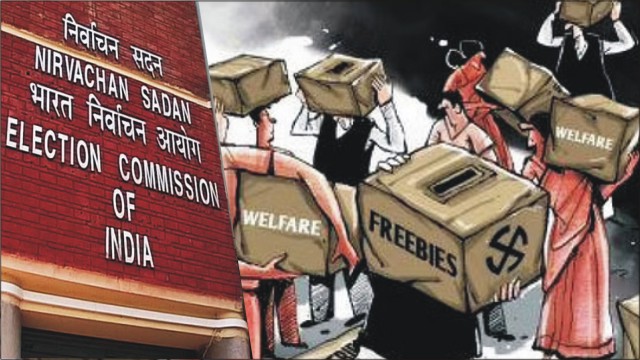






Comments (0)